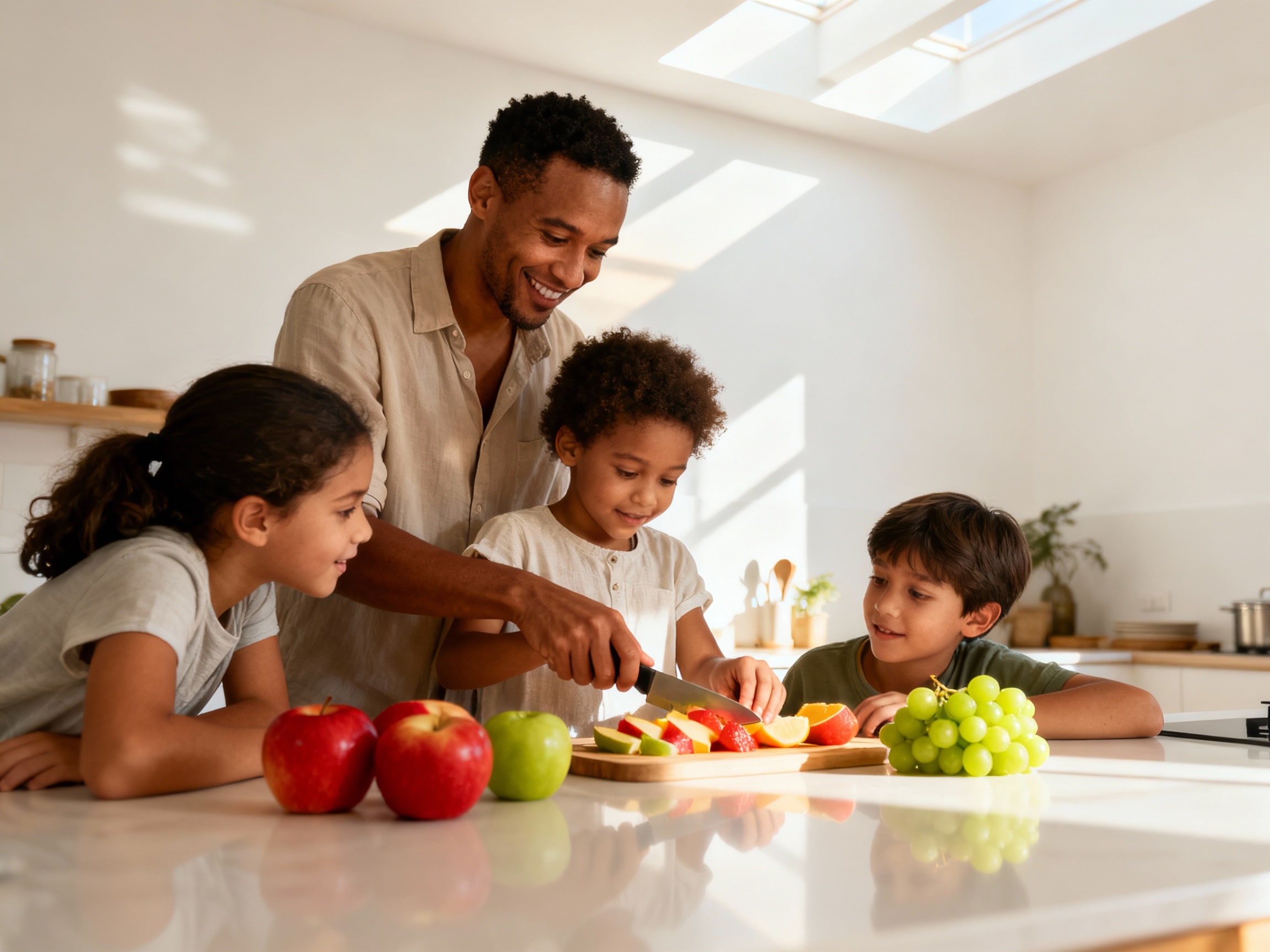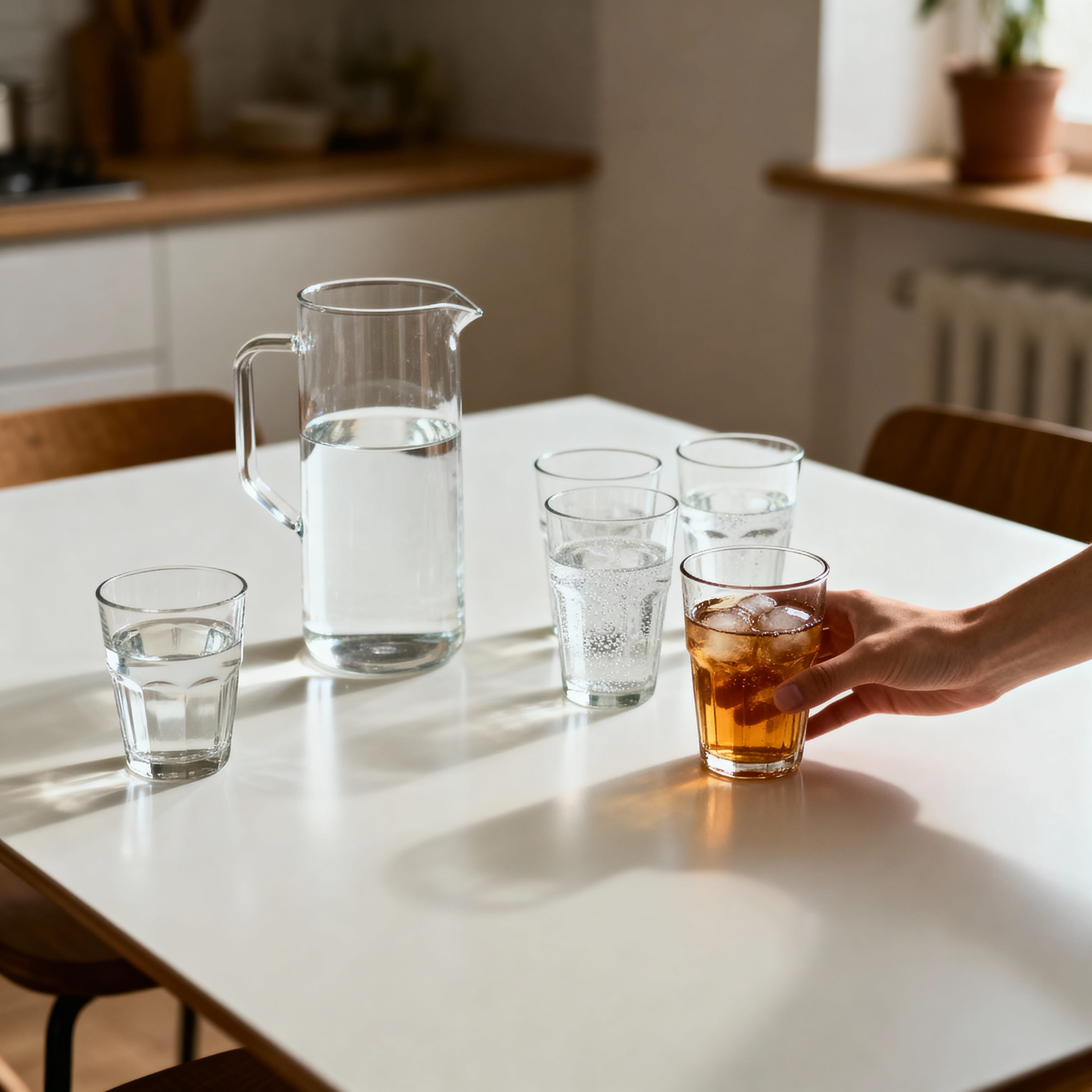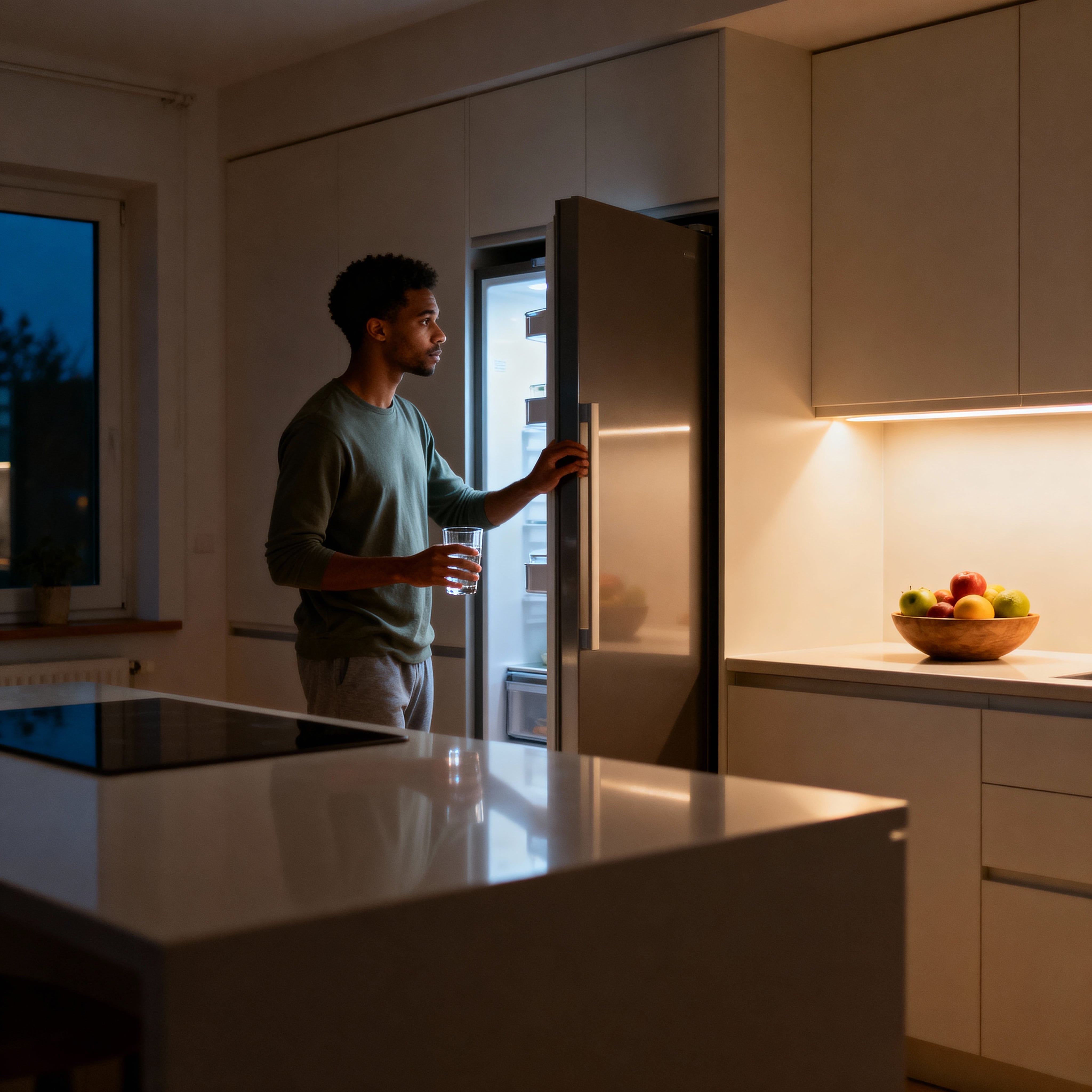How to Talk About Food with Your Kids While You Are on a GLP 1 Weight Loss Journey
Author
glp winnerDate Published
- Twitter
- Facebook
- LinkedIn
- Instagram
- Copy Link

When you start a GLP 1 medication, your routines shift. You feel full faster. You choose different foods. You may be eating less than before. And your kids notice. They see the small changes, even if you do not say a word.
This opens a real chance to build healthy food conversations. Not pressure. Not fear. Just calm, simple language that teaches your children how to trust their bodies.
Here is how to do that with warmth and emotional intelligence.
Start with your why, in a gentle way
Kids do not need every detail. They only need to understand the feeling behind your change.
You can say something like:
“I am choosing foods that help my body feel stronger and give me more energy.”
Experts suggest focusing on how food helps our body work better rather than labeling things good or bad. This approach helps kids form healthier long term food habits (FitSanford).
This makes your journey feel safe, not scary.
Show balance instead of perfection
Kids learn more from what you do than what you say.
If you choose a treat one day and a lighter meal the next day, they see flexibility.
The same Sanford Health guidance notes that food should not be framed as a moral choice.
A helpful phrase is:
“That was a yummy treat. Next time I might choose something that makes me feel more full.”
It is simple, honest, and pressure free.
Invite them into food choices
Kids feel more confident when they get to choose between healthy options.
The National Institute of Diabetes and Digestive and Kidney Diseases says adults help kids form positive habits by modeling and involving them in routines (NIH).
Try prompts like:
• “Do you want apples or grapes with your snack?”
• “Should we cut the cucumbers into circles or sticks?”
• “Pick a new food for us to try this week.”
Choice builds curiosity and confidence.
Talk about what food does, instead of labeling it
Food is fuel. It supports mood, energy, learning, play, and rest. Kids understand that much better than nutrition terminology.
School Food Matters recommends steering away from words like good or bad and instead focusing on how food helps the body.
You can try:
• “This helps our body feel full.”
• “This gives us energy for running outside.”
• “This helps our brain think clearly for school.”
Simple. Powerful. Shame free.
Keep simple routines that give structure
Kids feel safe with predictable patterns. That makes conversations about food feel calm.
NIDDK suggests that stable routines help kids eat more mindfully and feel more secure.
Ideas include:
• A snack time that happens around the same hour.
• A weekly “kids pick the side dish” night.
• A small family rule like “we try one bite of new things.”
Small structure. Big comfort.
Talk about emotions around food, not just hunger
Kids form beliefs about food by watching how adults handle their own feelings. Even when you are eating less on a GLP 1 and feeling fewer physical hunger cues, you may still have emotional responses to food: stress, boredom, habit, or comfort.
Naming those feelings helps your child learn that food is not a reward, not a punishment, and not something to fear.
You can try:
“I am feeling stressed right now so I am going to take a breath before I choose my snack.”
or
“I am not very hungry, but I am craving something crunchy. I am going to think about what my body needs.”
The School Food Matters guide explains that avoiding pressure, guilt, or moral labels around food protects children from developing negative patterns and helps them trust their bodies.
Celebrate effort, not outcomes
When your child tries a new veggie, helps cut fruit, or sets the table, point it out.
NIDDK notes that positive attention helps build long term habits.
Keep it light:
“I saw you try that broccoli. I am proud of you for giving it a shot.”
It reinforces curiosity instead of pressure.
Do not use food as rewards or punishments
Using dessert as a prize or taking away snacks for behavior sends mixed signals.
Sanford Health notes that this can build emotional eating patterns later.
Instead, reward with attention or time:
• A game together
• A walk
• An extra bedtime story
This keeps food neutral and safe.
Give yourself kindness too
Your GLP 1 journey matters, but your kids are watching how you treat yourself more than anything else.
If you slip, adjust.
If you feel emotional, breathe and reset.
You do not need perfect food days. You only need compassion, connection, and steadiness.
Your kids learn how to treat themselves by watching you treat yourself.
Final Thoughts
Talking to kids about food while you are on a GLP 1 journey does not have to be hard. You are teaching them curiosity, balance, and self trust. You are also giving them emotional safety that lasts far longer than any meal.
If you enjoy posts like these, you can subscribe to receive newsletter updates.
Sources
Keep Reading

Learn how hydration works on GLP-1s—what counts, what doesn’t, and how to avoid nausea by timing your fluids the right way.

Night food noise can still happen on GLP-1s. Learn why cravings show up at night and simple ways to calm them so evenings feel easier.

Meta Description: Curious if GLP-1 drugs cause hair loss? Learn how common it is, why it happens, how to prevent it, and what to do if it starts.
